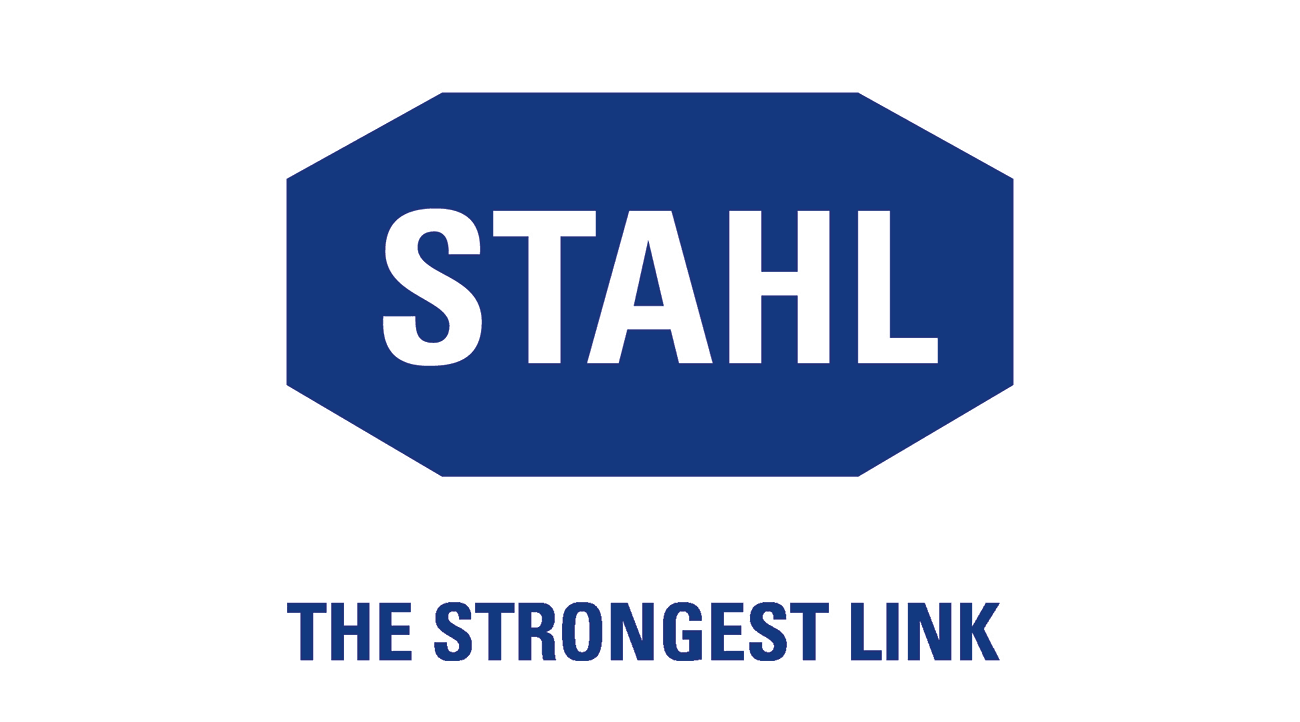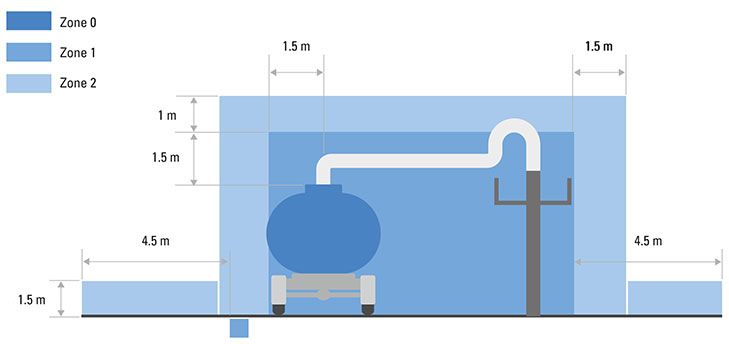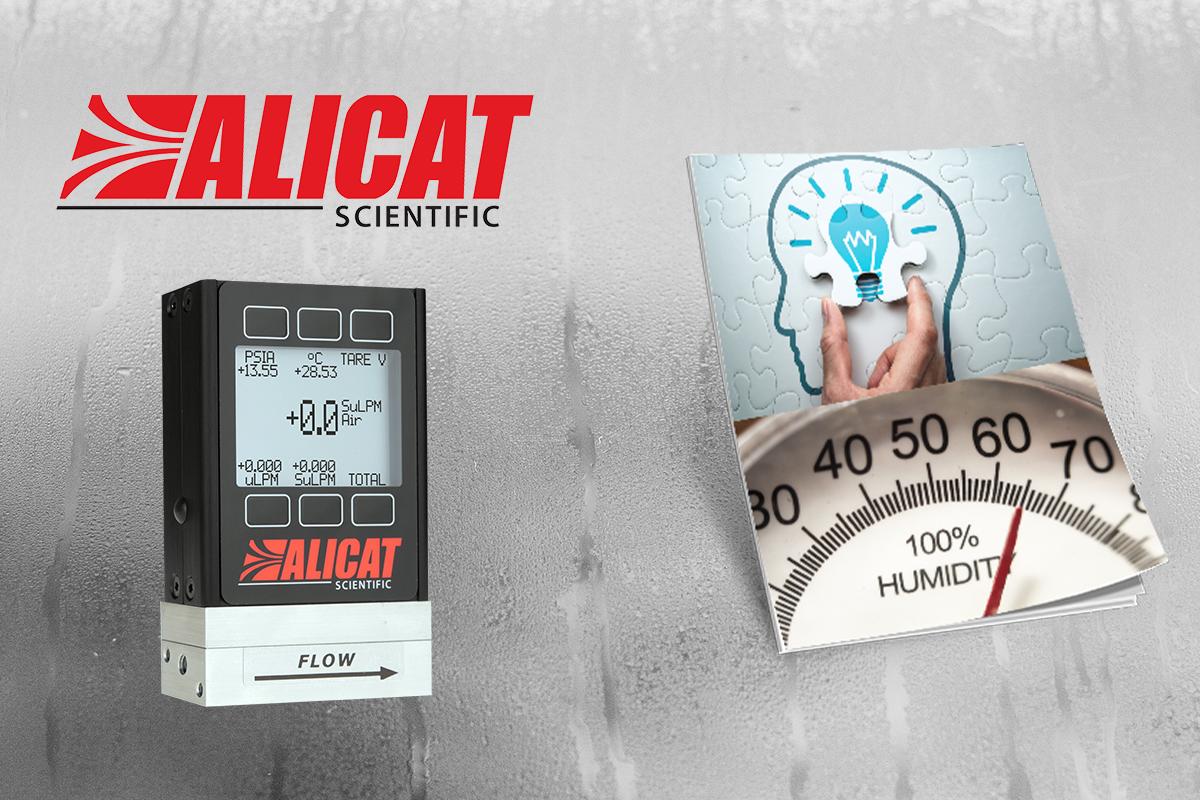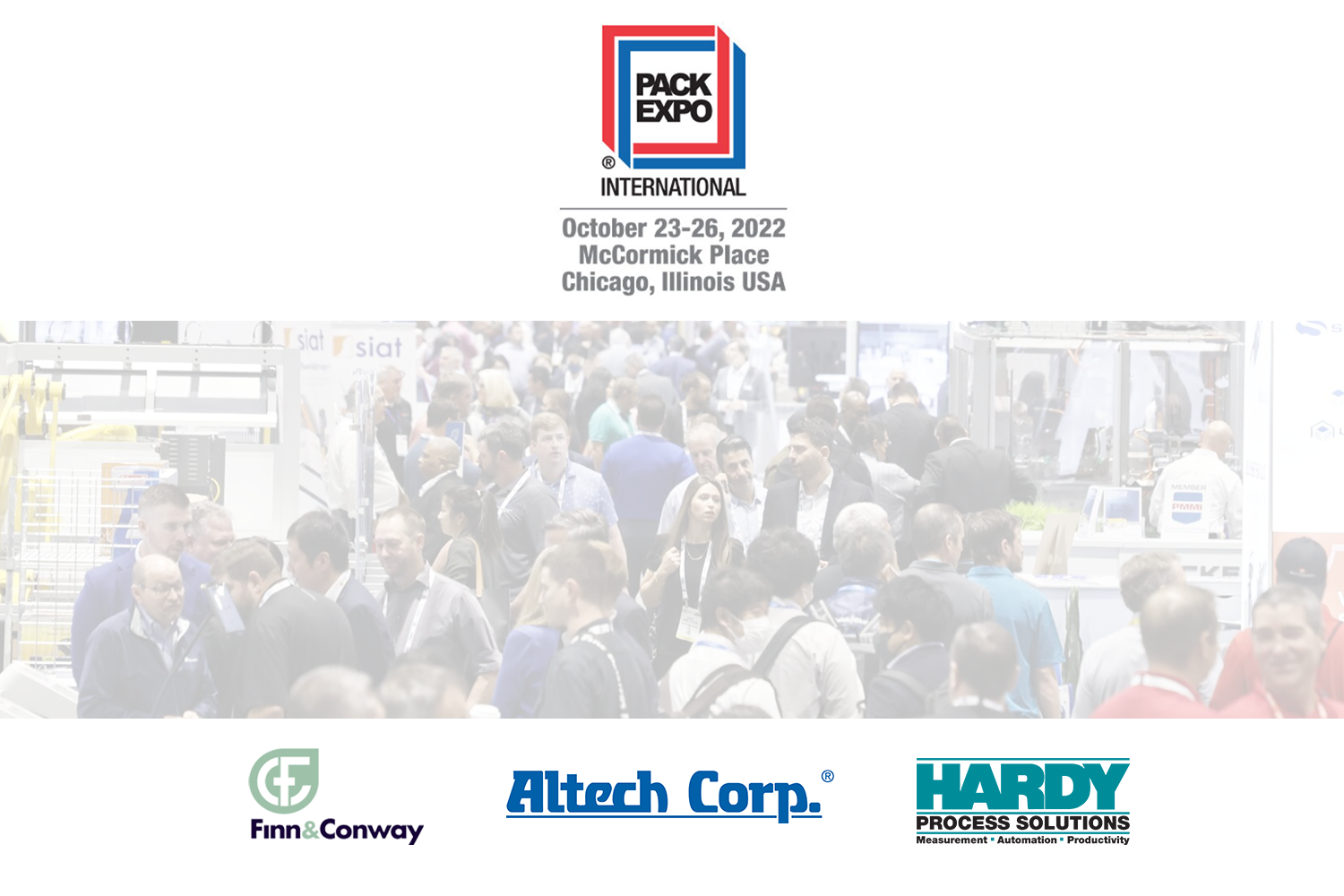

Explosion protection in North America
In North America, explosion protection for electrical equipment and systems vary slightly from the IEC technology. The differences can be found, for example, in the classification of potentially explosive atmospheres, the equipment design and the installation of electrical systems.
The National Electrical Code (NEC) in the USA and the Canadian Electrical Code (CEC) in Canada apply to electrical equipment and systems used in potentially explosive operating facilities. These are similar to installation regulations for electrical systems in all areas and refer to a range of other standards of other institutions which contain regulations for the installation and construction of suitable equipment.
In the USA, these are mainly the standards issued by Underwriters Laboratories Inc. (UL) and the International Society of Automation (ISA). In Canada, it is the Canadian Standards Association (CSA).



Basis for personnel and plant protection
In order to ensure effective protection of persons and property, as well as the environment, statutory mandates and standards are a vital prerequisite alongside technical competence.
The requirements for electrical equipment for potentially explosive atmospheres is highly complex. As a result, there are a number of national and international regulations, guidelines and standards. It is very important that manufacturers of equipment and protection systems and plant operators are aware of these statutory mandates in the area of explosion protection.
Download: Essential Explosion Protection

Zone classification: Basis for risk assessment
Potentially explosive atmospheres are classified into zones in order to facilitate the selection of appropriate electrical equipment as well as to design suitable electrical installations. The zone classification reflects the probability of the occurrence of an explosive atmosphere.
The maximum risk potential for each area must be taken into account when dividing the potentially explosive areas into zones and determining the necessary protective measures. If the company does not have a suitable person to carry out the risk assessment and determine suitable measures, an authority must be deployed for it.

R. STAHL USA - Consider it done!
Zone classification for gas
Zone 0* defines an area in which a hazardous explosive atmosphere as a mixture of air and combustible gases, vapours or mists is present continuously, for long periods or frequently.
Zone 1* describes an area in which a hazardous explosive atmosphere as a mixture of air and combustible gases, vapours or mists is likely to occur under normal operating conditions.
Zone 2* refers to an area in which a hazardous explosive atmosphere as a mixture of air and combustible gases, vapours or mists is normally not present, or is only present for a short period of time, under normal operating conditions.
Dust – the underestimated risk of explosion
In many industrial sectors, powdered and dust-like products are processed or formed during the production process. 80% of all dusts which are found in industry are combustible, in a closed space, even a layer of dust less than 1 mm is sufficient to trigger an explosion, after dust is stirred up and ignited.
Dust explosions present a particular risk for the food industry, the woodworking industry, the paper and plastics industry and pharmaceutical industries. The observations above are confirmed by German property insurers. According to the latter, an average of one dust explosion per day occurs in Germany, wherein around every fourth explosion is caused by food or animal feed dusts.
Zone classification for dust
Zone 20* defines an area in which a hazardous explosive atmosphere in the form of a cloud containing combustible dust in air is present continuously, for long periods or frequently.
Zone 21* describes an area in which a hazardous explosive atmosphere in the form of a cloud containing combustible dust in air is likely to occur under normal operating conditions.
Zone 22* refers to an area in which a hazardous explosive atmosphere in the form of a cloud containing combustible dust in air is normally not present, or is only present for a short period of time, under normal operating conditions.
Useful information – Equipment categories and EPL (Equipment Protection Level)
The various safety requirements for the equipment used depend on the probability of the occurrence of an explosive atmosphere. The safety level for equipment is coordinated with the risk potential in the various zones.
In Europe, explosion-protected equipment is classified in categories in accordance with 2014/34/EU (ATEX). At an international level, the IEC 60079-0 standard determines the EPL (Equipment Protection Level). Equipment should be designed with explosion protection measures of various levels of protection depending on the equipment category or EPL.
Equipment categories
Categories 1 (very high level of safety), 2 (high level of safety) and 3 (required level of safety) are defined for equipment for use in potentially explosive atmospheres – except in mines susceptible to firedamp.
The additional letters "G" and "D" refer to the use of equipment in potentially explosive gas atmospheres (G = gas) or for atmospheres with combustible dust (D = dust).
For equipment used in mines susceptible to firedamp, a distinction is made between the two categories: M1 (very high level of safety) and M2 (high level of safety).
Equipment Protection Level (EPL)
In accordance with IEC 60079-0, equipment for potentially explosive atmospheres is classified into three protection levels: EPL Ga or Da (very high level of protection), EPL Gb or Db (high level of protection) and EPL Gc or Dc (enhanced level of protection).
For equipment in mines susceptible to firedamp, two protection levels are defined: EPL Ma (very high level of protection) and ELP Mb (high level of protection).
The additional letters "G" and "D" are used here to indicate the use of equipment in potentially explosive gas atmospheres (G = gas) or for atmospheres with combustible dust (D = dust).
For more information on R. Stahl



